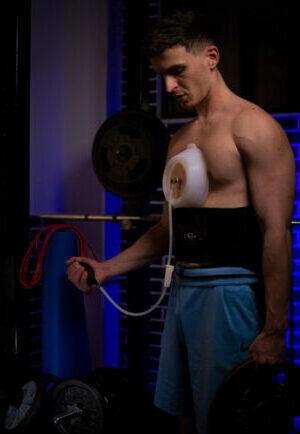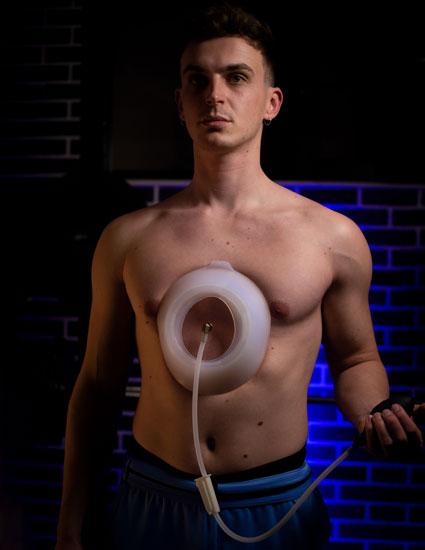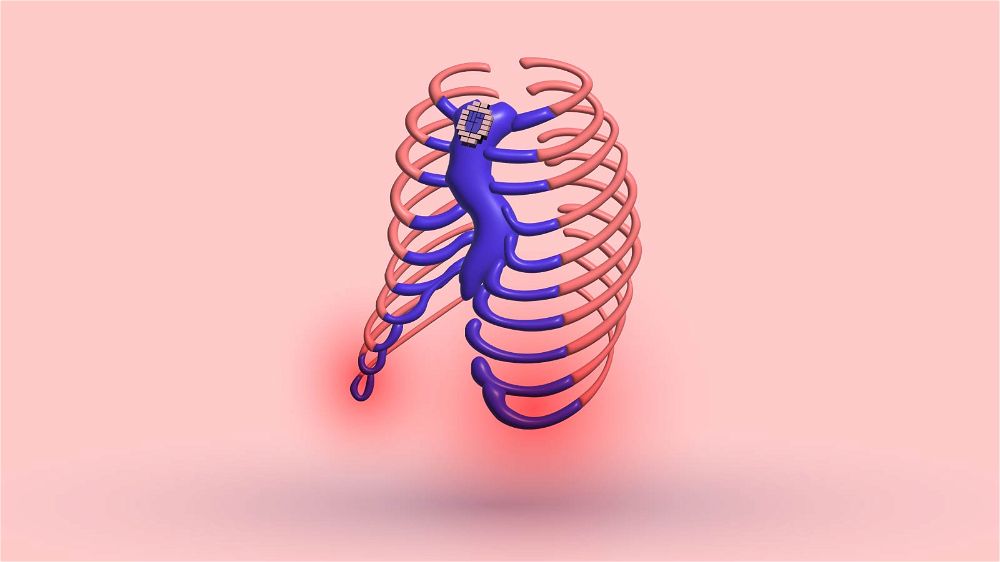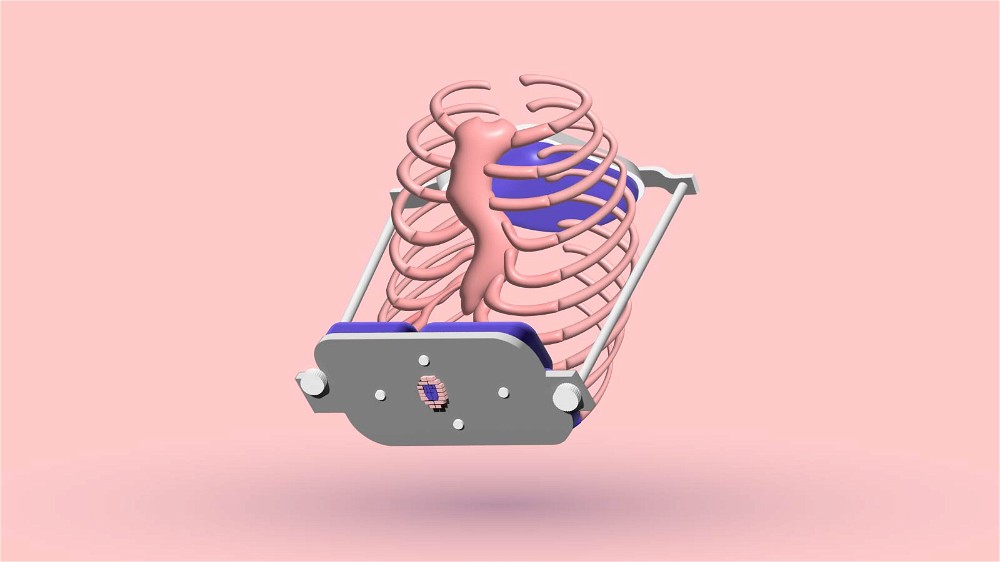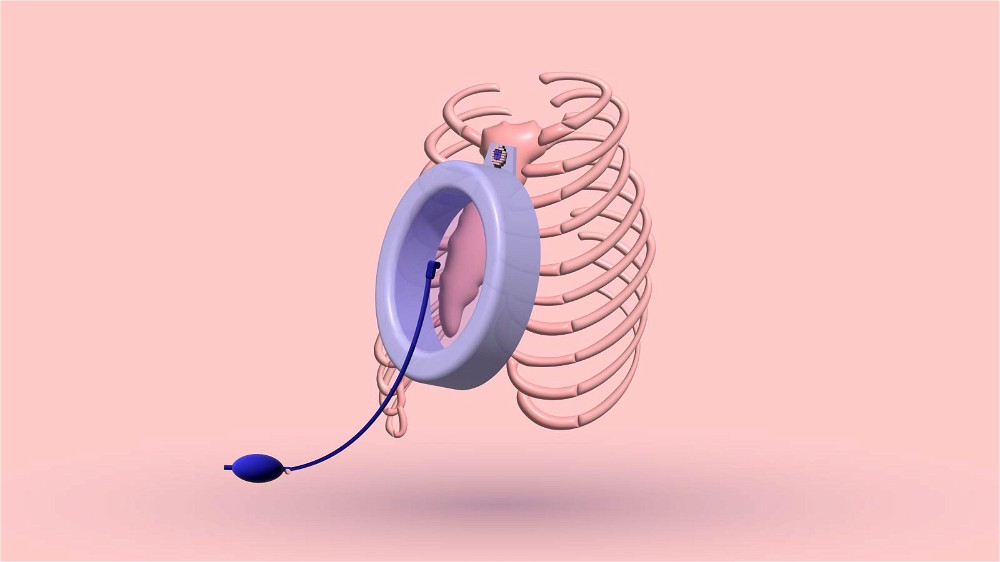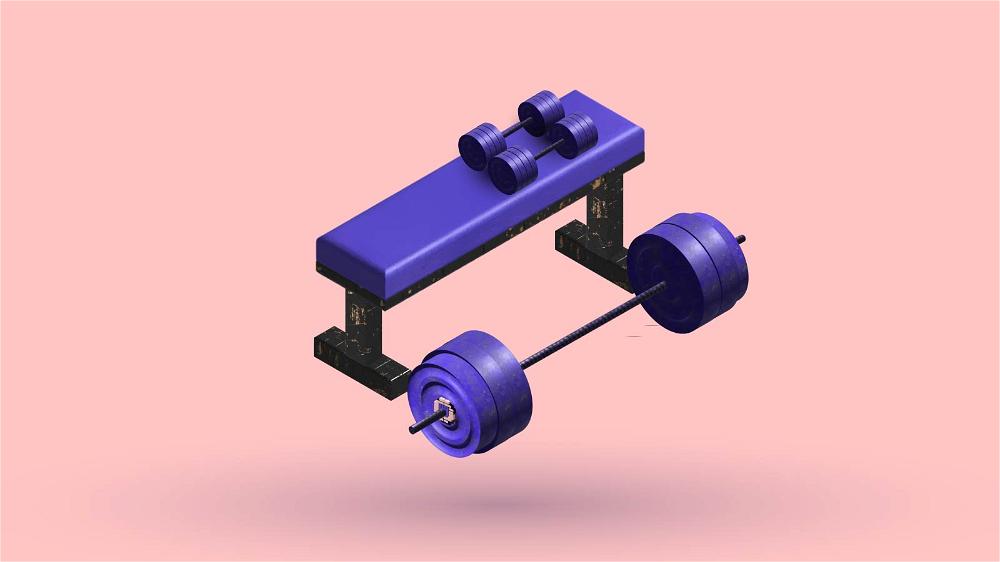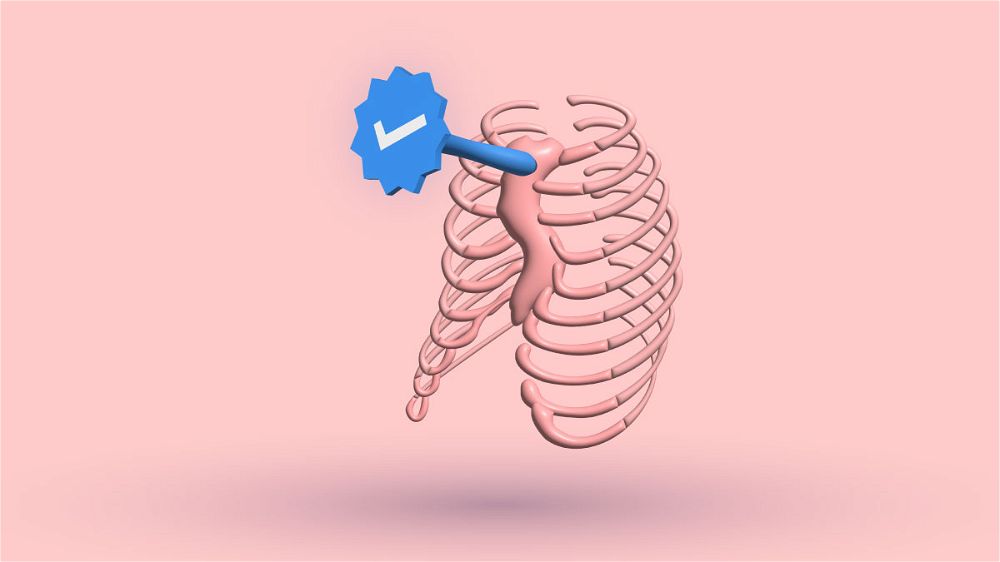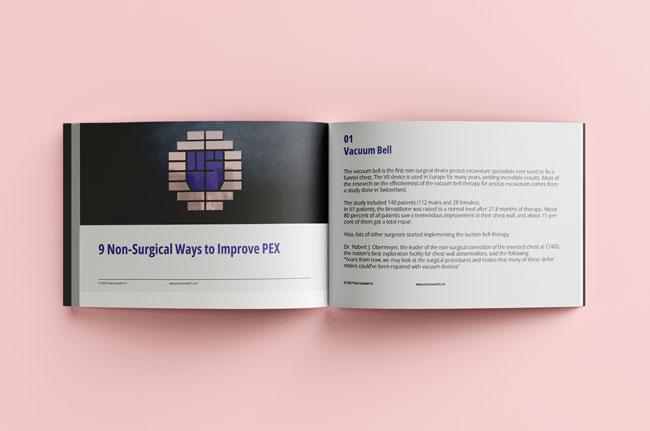Exercises known as calisthenics rely solely on body weight. You can do these exercises in a variety of rhythms and intensities.
These workouts are great for us with pectus excavatum because they help with muscle mass, power, energy, flexibility, and balance.
Calisthenics exercises range from fundamental, such as squats, to more challenging movements, like pull-ups and muscle-ups.
Some calisthenics techniques are even more sophisticated and resemble gymnastics. But, you can do them however they serve you, depending on your condition and fitness level.
You can perform the exercises whenever you want, anywhere—from your at-home workout space to the outdoors. I love this adaptable workout method because I think we must have the opportunity to work out at home.
For those of us with pectus, exercising at any time and from anywhere is a massive benefit because it lowers our chances of experiencing social anxiety and increases our availability for a quicker and easier correction journey.
5 calisthenics benefits for people with pectus
Great for beginners
These exercises are unquestionably the best choice if you are new to exercising and want to improve your pectus excavatum through an active lifestyle.
Bodyweight squats and push-ups are two calisthenics exercises that are simple enough for beginners. Before moving on to more complex versions or adding weights, calisthenics can help you master the proper form and boost your confidence and your fitness form.
No risk of injuries
The fact that this sort of exercise requires only control of your body without adding more weight is a significant benefit for beginners because it reduces the risk of injury.
That is a fantastic opportunity to build muscle if you are initially intimidated by weightlifting. You must apply caution, of course, but you will be able to recognize when to stop and when a workout feels unsafe to your body.
A great pre-workout warm-up method.
Calisthenics are also effective as a part of your training.
I often do some calisthenics exercises to warm my body before weight training.
A couple of sets of pull-ups are what I typically do before my bench press. Also, when I do 5x5, I often do some calisthenics exercises, as I find them highly effective for a warm-up and muscle gain.
The rest of the training goes much better when I perform a few exercises using my weight because it benefits my flexibility for the following workout.
Consequently, please give it a try because, in addition to being excellent for beginners, such exercises may also serve as a replacement workout when you feel you need more motivation for a weightlifting one.
Better posture with calisthenics
Numerous research has demonstrated the effectiveness of regular bodyweight workouts for physical appearance.
They also have an amazing impact on the whole body's function, posture, and flexibility. Improvement in posture is what we, people with pectus, need to value most.
Our pectus deformity appears better when we keep our bodies upright and in proper posture. So, until it becomes a habit for you, focus your awareness on your body's posture multiple times during the day and try to improve it. It is the first step toward a malformation that needs to be corrected.
Body strength and chest muscle gain
Calisthenics exercises allow you to gradually grow your muscle and gradually create full-body strength. With time your power will increase, and you can continue to make the movements more challenging.
Try to slow down or hold on to one exercise to increase duration under tension or speed up to improve muscular power.
I noticed that bodyweight workouts successfully target my chest while engaging numerous muscles simultaneously. Because the chest muscles are large, they require more effort to develop.
But, with a proper and consistent routine, depending on the dent severity, it is possible to gain muscle and successfully camouflage it with calisthenics.
Although many individuals doubt the quality of this training, numerous studies have proven the opposite.
Specifically, a 2016 study found that contracting muscles entirely without external pressure enhances muscular hypertrophy, like exercise with high intensity.
Three best calisthenics exercises for Pectus
Many exercises can help you gain chest muscles and help in improving pectus. Still, in my long working out journey, I found these three exercises to be the most effective and to benefit my whole body.
1. Standard push-ups
Brace your core, align your hands with your shoulders, and make sure your body is straight. Bend your elbows and drop your chest toward the ground.
When your chest almost hits the ground, stop briefly. Lift yourself by straightening your arms.
Do this calisthenics chest exercise 3x10 at least.
2. Dips
Carefully lean forward so your shoulders are below your elbows; grab the bars. Jump up and straighten your arms.
Then bend your arms to bring your body down. Again, straighten your arms to help you rise up.
This exercise is one that I enjoy a lot.
Do it 3x10.
3. Pull-ups
Position yourself so that you are facing an exercise bar.
Grab the bar from the top with your arms slightly wider than shoulder-width apart.
Bring your head over the bar by pulling up with your shoulder muscles.
My favorite set is 5x5, but it can change from workout to workout. You can do the most you can at the beginning. Although ability will increase with time, the most crucial thing is to perform the exercise correctly, regardless of how many repetitions you perform.
Try to involve these exercises in your workout routine, and you will quickly notice differences in your whole body, especially your upper body.
Bottom Line
Although calisthenics improves physical fitness like weightlifting, combining these two will produce the best results.
The best advantage of calisthenics over weightlifting training is that all you need is your body. You can perform it with little to no additional equipment.
But it is undeniable that weightlifting exercises produce results more quickly and visibly.
However, choose an activity that is right for you and that you enjoy doing, because that’s an ideal way for results to follow consistently. For those with pectus excavatum, keeping an active, healthy lifestyle is necessary.
The fact that most of us with pectus excavatum don't face difficulty, and actually enjoy doing calisthenics exercises inspires me and gives me a lot of optimism.
It increases my motivation to research more and come up with solutions for our deformity issue so we live our life better. I hope this post was helpful to you.
If you have any questions or experience with calisthenics, please feel free to contact me or share your experiences in the comments.
Thank you for reading!
5 Sources
- 8 Calisthenics Workouts for Beginners [Internet]. Healthline. 2017 [cited 2023 Jan 31]. Available from: https://www.healthline.com/health/fitness-exercise/calisthenics
- (PDF) The effects of a calisthenics training intervention on posture, strength and body composition [Internet]. [cited 2023 Jan 31]. Available from: https://www.researchgate.net/publication/317321468_The_effects_of_a_calisthenics_training_intervention_on_posture_strength_and_body_composition
- Calisthenics For Beginners: What It Is & How To Start – SWEAT [Internet]. [cited 2023 Jan 31]. Available from: https://www.sweat.com/blogs/fitness/calisthenics
- Calisthenics Chest Workout: Everything You Need To Know - Vital Proteins [Internet]. [cited 2023 Jan 31]. Available from: https://www.vitalproteins.com/blogs/fitness/calisthenics-chest-workout
- The acute and chronic effects of “NO LOAD” resistance training - ScienceDirect [Internet]. [cited 2023 Jan 31]. Available from: https://www.sciencedirect.com/science/article/abs/pii/S003193841630436X


